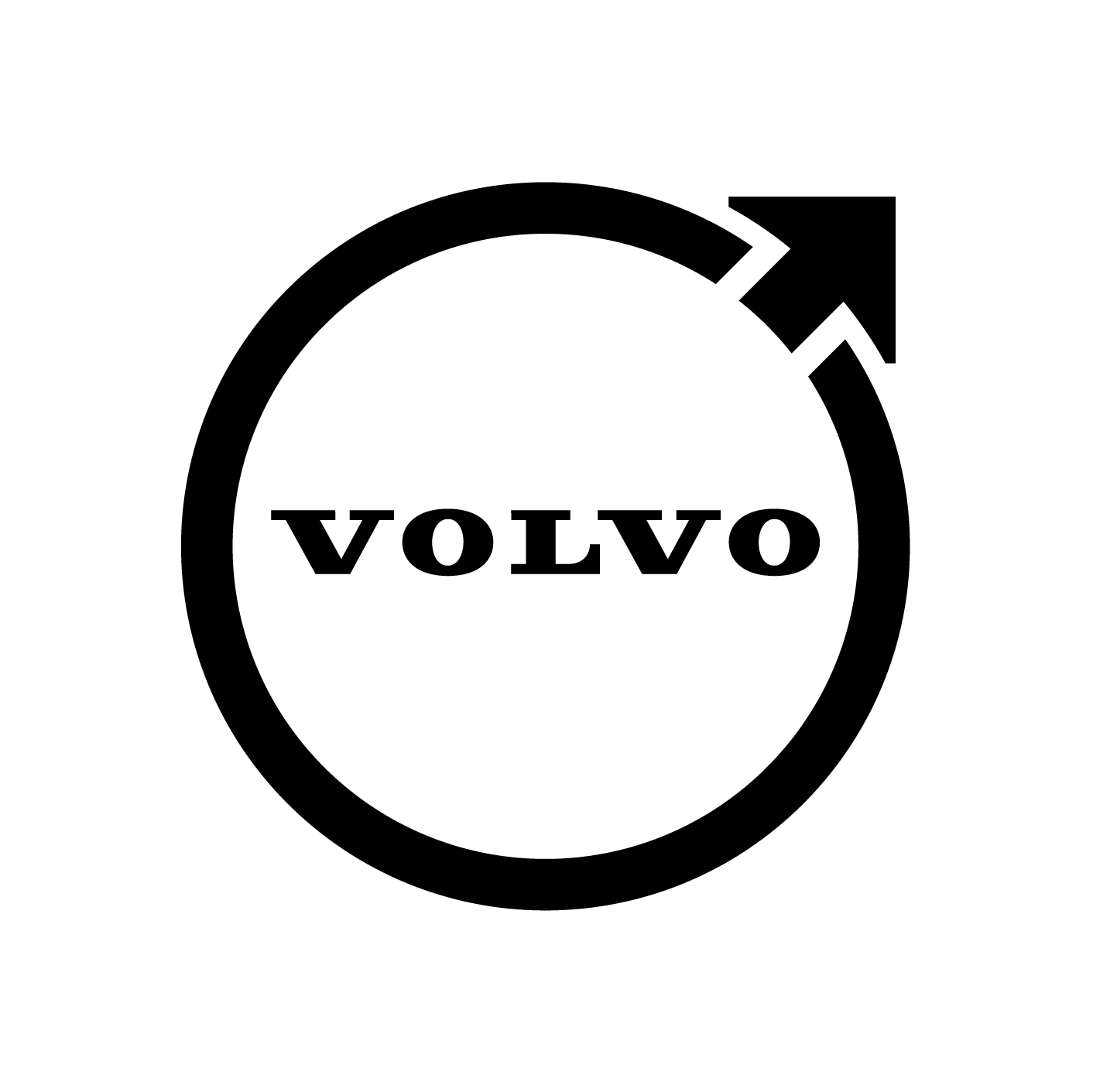10 Erroneous Answers To Common Car Key Ignition Questions: Do You Know The Right Ones?
The Essential Guide to Car Key Ignition Systems
Car key ignition systems are essential elements of contemporary lorries, serving the primary function of beginning the engine and facilitating various car functions. With developments in technology, ignition systems have progressed considerably for many years, including features such as keyless entry and clever ignition keys. This post provides a thorough look at car key ignition systems, their types, typical issues, and upkeep suggestions.
Comprehending Car Key Ignition Systems
At its core, a car key ignition system is made up of numerous key components that collaborate to begin a lorry's engine. The following areas lay out the main parts of a common ignition system:
Key Components
- Ignition Switch: This is the control system that activates the vehicle's electrical systems including fuel shipment and starter motor.
- Ignition Coil: This part transforms low battery voltage into the high voltage needed for triggering the fuel-air mix within the engine cylinders.
- Trigger Plugs: These are accountable for firing up the fuel-air mix, allowing the engine to run.
- Beginner Motor: This motor engages the engine's flywheel, initiating the combustion process.
- Key/Transponder: Traditional keys include metal blades that engage the ignition lock, while modern-day keys typically include transponders that send electronic signals to the ignition system for enhanced security.
Types of Ignition Systems
There are mainly 2 types of ignition systems currently utilized in vehicles: conventional keyed ignition systems and keyless ignition systems.
Conventional Keyed Ignition
- Mechanical Ignition: Traditional systems depend on a physical key that needs to be inserted into the ignition cylinder. Turning the key links different electrical circuits to start the engine.
Keyless Ignition Systems
- Push-Button Start: Instead of a key, lorries are equipped with a wise key or fob that communicates with the vehicle when in distance. Pressing the button while pressing down on the brake pedal starts the car.
- Distance Sensors: Modern keyless systems utilize sensing units to acknowledge the owner's key fob, enabling for seamless entry and engine start.
Comparison of Ignition Systems
Feature
Conventional Ignition
Keyless Ignition
Alleviate of Use
Requires manual key insertion
Begins with a button press
Security
Requires physical key
Utilizes sophisticated file encryption
Convenience
Minimal benefit
Offers hands-free access
Cost of Replacement
Normally cheaper
More pricey to replace
Typical Issues with Ignition Systems
Comprehending the potential concerns that can emerge with ignition systems is essential for all vehicle owners. Some common issues consist of:
Faulty Ignition Switch: A malfunctioning ignition switch can avoid the engine from beginning or cause intermittent electrical issues.
Dead Battery: A weak or dead battery will not provide the needed power to initiate the ignition system.
Key Fob Issues: For keyless ignition systems, dead batteries in the key fob can render the system useless.
Stimulate Plug Failure: Worn or broken stimulate plugs can lead to engine misfires and starting issues.
Malfunctioning Starter Motor: If the starter motor stops working, the engine will not crank.
Fixing Ignition Problems
When faced with ignition concerns, lorry owners can take numerous steps to diagnose the problem:
- Check Battery Health: Inspect the battery for corrosion or low charge.
- Check Key Fob: If using a keyless ignition, guarantee the fob battery is practical.
- Listen for Sounds: If the ignition switch is turned but the engine does not crank, listen for clicks or grinding noises.
- Inspect Fuses: A blown fuse can interrupt the ignition circuit.
Maintenance Tips for Ignition Systems
Regular upkeep is important to guarantee that your vehicle's ignition system stays practical. Here are some practical suggestions:
- Regularly Replace Batteries: Replace the battery in your key fob as part of routine car maintenance.
- Check Spark Plugs: Check and replace stimulate plugs according to the producer's suggestion.
- Examine Ignition Switch: If you experience trouble starting the car, think about having the ignition switch evaluated.
- Professional Servicing: Schedule regular evaluations by qualified professionals to ensure all ignition elements are in good working condition.
FAQs About Car Key Ignition Systems
What should I do if my car does not begin?
If your car stops working to start, first inspect the battery and key fob. If these are functional, it might be required to examine the ignition switch or starter motor.
How can I prevent key fob concerns?
Routinely changing the battery in your key fob and preventing direct exposure to wetness can assist prevent problems.
Can I start my car without a key?
Keyless entry systems may permit some vehicles to be started without a physical key, however this normally needs the key fob to be within close proximity.
How frequently should I replace spark plugs?
Spark plugs need to be changed approximately every 30,000 to 100,000 miles, depending on the automobile and spark plug type.
Comprehending car key ignition systems is necessary for any car owner. With just click the up coming internet page of how these systems function, awareness of common problems, and commitment to routine maintenance, car owners can guarantee that their vehicles remain dependable and protected. As innovation continues to innovate in the vehicle industry, remaining notified about these modifications will only boost the car ownership experience.
